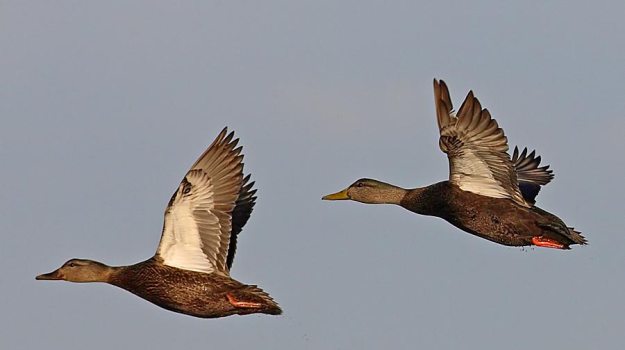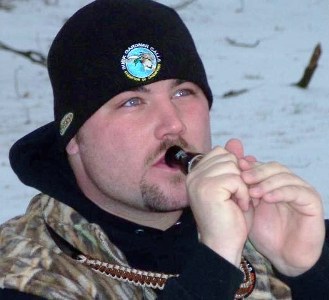What’s a Black Duck and What Makes Them Special?

Editor’s Note: Cory Dukehart of Westminster, Maryland, is an avid waterfowler and Mossy Oak’s Atlantic flyway Regional ProStaff Manager.
Our duck season in Maryland starts in October, lasts about 1-1/2-weeks and then closes. It begins again in December and runs through the end of January. We shoot a lot of puddle ducks like mallards, pintails and black ducks.
 Black ducks are kind of special to our area up here on the Chesapeake Bay. Many waterfowlers west of Maryland don’t see numbers of black ducks, which resemble hen mallards. The black duck hen and the drake also are about the same size and shape as a mallard hen. Because they look so much like a mallard, you may think they’re a subspecies of mallard, but they're really a completely different duck. The hen mallard has a little bit more brown color to it, and the black duck is much darker. For people who don’t see many black ducks, getting them confused with mallards is very simple. The black duck tends to like the marshy areas on the Eastern Shore of Chesapeake Bay and stay in its tributaries. They’ll also remain around the saltwater and the brackish water on the Eastern Shore.
Black ducks are kind of special to our area up here on the Chesapeake Bay. Many waterfowlers west of Maryland don’t see numbers of black ducks, which resemble hen mallards. The black duck hen and the drake also are about the same size and shape as a mallard hen. Because they look so much like a mallard, you may think they’re a subspecies of mallard, but they're really a completely different duck. The hen mallard has a little bit more brown color to it, and the black duck is much darker. For people who don’t see many black ducks, getting them confused with mallards is very simple. The black duck tends to like the marshy areas on the Eastern Shore of Chesapeake Bay and stay in its tributaries. They’ll also remain around the saltwater and the brackish water on the Eastern Shore.
We hunt black ducks just like we do any other puddle ducks – either from ground blinds or boat blinds. They’ll come into decoys and mallard calls. So, when we set-up to hunt puddle ducks, we have several different types of puddle ducks that we can take. However, the black duck is special, since you don’t find them in many of the areas where you shoot other puddle ducks.
Once when I was hunting in Illinois, one of the hunters shot a black duck. The hunter and his buddies were really excited, because they didn’t see very many where they normally hunted. I think that was when I really began to realize how special the black duck was.
Tomorrow: What Is a Sea Duck and How Do You Hunt Them?



























